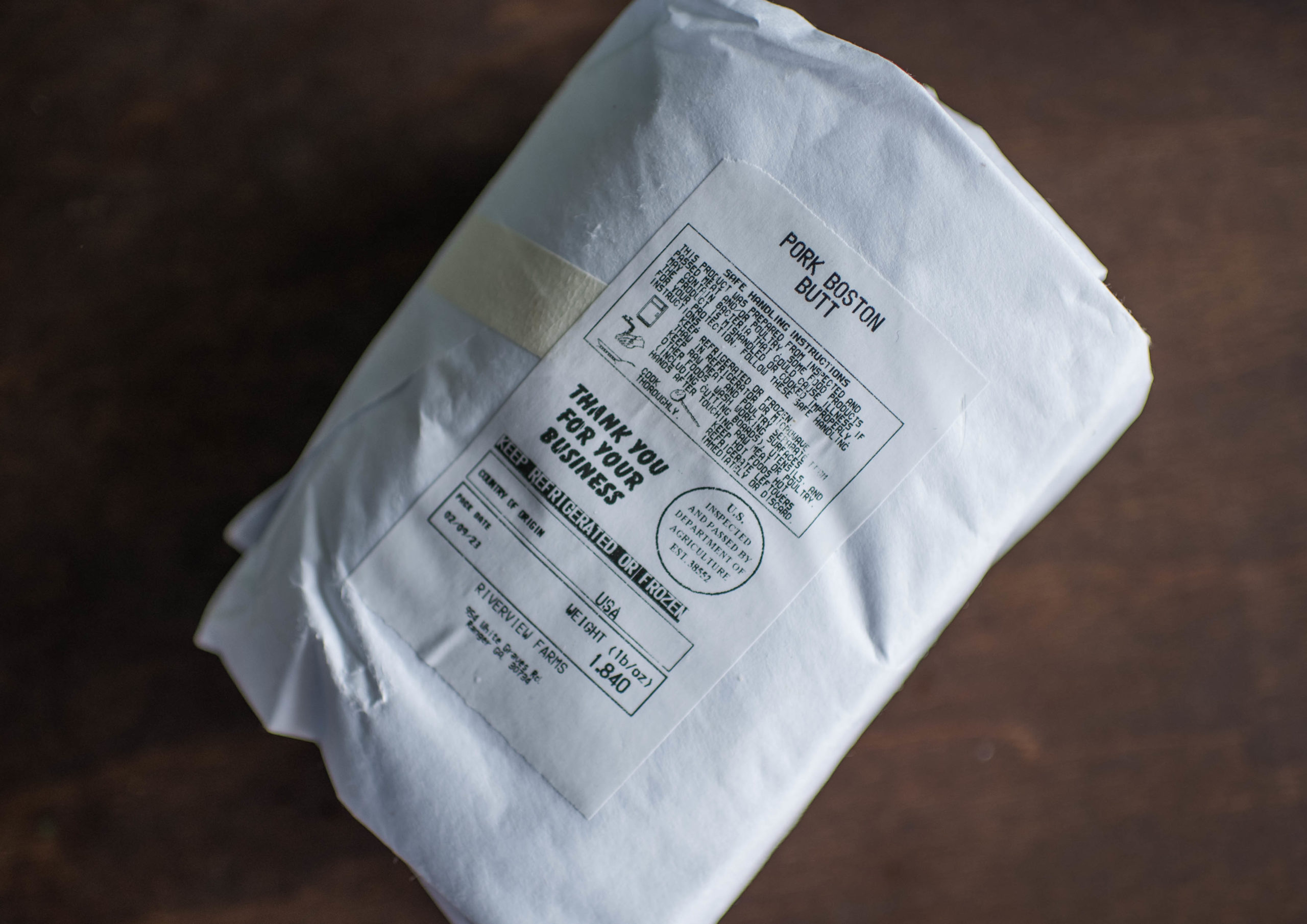Best Coffee Beans In The World

The world of specialty coffee is an ever-evolving and captivating realm, where the pursuit of the perfect cup is an art form. At the heart of this craft lie the coffee beans, carefully cultivated and processed to bring out their unique flavor profiles. In this article, we embark on a journey to uncover the very best coffee beans the world has to offer, delving into the intricacies of their origins, characteristics, and the stories they tell.
The Global Coffee Landscape: A Diverse Spectrum of Beans

The globe is a treasure trove of coffee-producing regions, each with its distinct climate, soil conditions, and agricultural practices. These factors, coupled with the varied species and varieties of coffee plants, result in an incredible diversity of beans, each boasting its own signature flavor and aroma.
The Arabica: A Classic Favorite
Arguably the most celebrated and widely consumed coffee bean is the Coffea Arabica, a species native to the highlands of Ethiopia. Arabica beans account for approximately 60% of global coffee production and are renowned for their nuanced flavor profile, characterized by notes of sweetness, fruitiness, and a delicate acidity.
Some of the most sought-after Arabica beans hail from the Blue Mountains of Jamaica, a region known for its rich volcanic soil and ideal growing conditions. These beans produce a cup with a smooth, buttery mouthfeel and a complex flavor that combines hints of chocolate, nuts, and a subtle citrus tang.
In Ethiopia, the birthplace of coffee, a vast array of Arabica varieties thrive, each with its unique character. The famed Yirgacheffe beans, for instance, are celebrated for their vibrant floral and citrus notes, while Sidamo beans offer a more full-bodied experience with hints of berry and a rich, wine-like complexity.
| Region | Bean Characteristics |
|---|---|
| Blue Mountains, Jamaica | Smooth, buttery texture with notes of chocolate and citrus |
| Yirgacheffe, Ethiopia | Floral, citrusy with a bright acidity |
| Sidamo, Ethiopia | Full-bodied, berry-like with a rich, winey flavor |

Robusta: The Robust Alternative
While Arabica beans steal the spotlight in the specialty coffee realm, the Coffea Canephora, or Robusta, variety has its own distinct appeal. Hailing from the lower-altitude regions of Africa and Asia, Robusta beans are known for their higher caffeine content and a more robust, earthy flavor profile.
One of the most renowned Robusta-producing regions is India, particularly the states of Karnataka and Kerala. Indian Robusta beans, such as the Kaapi Royale variety, offer a bold, full-bodied cup with notes of dark chocolate and a subtle nuttiness. These beans are often used in espresso blends to add body and a distinctive, slightly woody aroma.
In Vietnam, the world's leading Robusta producer, the beans are cultivated primarily for mass production and are not typically associated with specialty coffee. However, when carefully sourced and processed, Vietnamese Robusta beans can offer a unique, bold flavor experience.
The Art of Terroir: Coffee Beans and Their Origins

Much like the world of fine wine, the concept of terroir plays a pivotal role in the coffee world. Terroir refers to the unique set of environmental factors, including soil, climate, and topography, that influence the character of the beans. It is this interplay of nature and nurture that gives rise to the incredible diversity of coffee flavors we encounter.
The Impact of Altitude
One of the most significant factors in coffee bean development is altitude. Arabica beans, for instance, thrive at higher altitudes, typically above 1200 meters. The cooler temperatures, reduced oxygen levels, and increased exposure to sunlight at these elevations contribute to a slower growth process, resulting in denser, more complex beans with a lower caffeine content.
In contrast, Robusta beans are more resilient and can be grown at lower altitudes. While they may lack the nuanced flavor of Arabica, their higher caffeine content and robust flavor make them a popular choice for mass-produced coffee blends.
Soil and Climate: Nature’s Perfect Blend
The soil in which coffee beans are grown also plays a crucial role in their development. Volcanic soils, rich in minerals and nutrients, are particularly favored for their ability to nurture beans with exceptional flavor. Regions like the Blue Mountains of Jamaica and the volcanic slopes of Colombia are renowned for their fertile soils and the exceptional beans they produce.
Climate, too, is a key factor. Regions with distinct wet and dry seasons, such as Ethiopia and parts of Central America, often produce beans with a more vibrant, fruit-forward flavor profile. In contrast, regions with a more consistent, humid climate, like parts of Indonesia, may yield beans with a richer, earthier character.
Processing Techniques: Unlocking the Bean’s Potential
Once the coffee beans are harvested, the method by which they are processed can significantly influence their final flavor. The two primary processing methods are washed (or wet) processing and natural (or dry) processing.
Washed (Wet) Processing
Washed processing involves removing the outer layers of the coffee cherry soon after harvesting, typically using a machine. The beans are then fermented to remove the sticky mucilage before being thoroughly washed and dried. This method produces a cleaner, brighter cup with a more pronounced acidity.
The famed Ethiopian beans, particularly those from the Yirgacheffe and Sidamo regions, are often processed using the washed method, enhancing their already vibrant, fruity characteristics.
Natural (Dry) Processing
In natural processing, the entire coffee cherry is left intact during drying, allowing the sugars in the fruit to permeate the bean. This method often results in a fuller body and a more complex, fruity or wine-like flavor. However, it can also be more challenging to execute consistently, as the beans must be carefully monitored to prevent over-fermentation.
The natural process is particularly favored in regions like Brazil and Ethiopia, where it is used to produce beans with a unique, intense flavor profile.
The Role of Sustainability and Ethical Practices
In today’s coffee industry, the focus on sustainability and ethical practices is gaining increasing prominence. Consumers are not only seeking exceptional flavor but also beans that are produced with respect for the environment and the communities involved in their cultivation.
Fair Trade and Direct Trade
Fair Trade certification ensures that farmers receive a fair price for their beans, promoting economic stability and empowering small-scale farmers. Direct Trade, on the other hand, involves coffee roasters forming direct relationships with farmers, cutting out middlemen and ensuring that a larger portion of the profits go directly to the growers.
These practices not only benefit the farmers but also encourage sustainable farming methods, as growers are incentivized to produce high-quality beans while preserving the environment.
Organic and Shade-Grown Coffee
Organic coffee beans are grown without the use of synthetic pesticides or fertilizers, promoting biodiversity and soil health. Shade-grown coffee, a traditional method, involves cultivating beans under the canopy of trees, which provides a natural habitat for birds and other wildlife, contributing to ecosystem balance.
These sustainable practices not only benefit the environment but also often result in beans with a more nuanced, complex flavor, as the natural ecosystem fosters a healthier, more resilient coffee plant.
The Future of Specialty Coffee: Innovation and Exploration

As the specialty coffee industry continues to evolve, new trends and innovations are shaping the way we perceive and enjoy our daily cup. From experimental processing methods to the rise of single-origin, micro-lot beans, the future of coffee is an exciting frontier to explore.
Experimental Processing and Roasting Techniques
Coffee roasters are pushing the boundaries of traditional processing methods, experimenting with innovative techniques to unlock new flavor dimensions. For instance, the “honey” process, a variation of the washed method, leaves some of the sticky mucilage on the bean during drying, resulting in a sweeter, more complex cup.
In the realm of roasting, the focus is shifting towards precision and consistency. Advanced roasting technologies, coupled with a deeper understanding of the bean's chemistry, are enabling roasters to produce consistently excellent cups, bringing out the best of each bean's unique character.
Single-Origin and Micro-Lot Beans
The trend towards single-origin and micro-lot beans is gaining momentum, offering coffee enthusiasts a chance to explore the unique flavors of specific regions and farms. Single-origin beans come from a single farm or cooperative, showcasing the distinct terroir of that specific location.
Micro-lot beans take this concept a step further, focusing on a specific harvest from a particular farm or even a single tree. These beans are often extremely limited in quantity and offer a unique, one-of-a-kind flavor experience, allowing coffee lovers to truly immerse themselves in the nuances of coffee's diversity.
Conclusion: The Endless Journey of Coffee Exploration
The world of specialty coffee is a vast and captivating landscape, offering an endless journey of discovery and delight. From the lush hills of Ethiopia to the volcanic slopes of Jamaica, the best coffee beans in the world tell stories of their origins, cultures, and the dedicated farmers who cultivate them.
As we continue to explore and celebrate the diverse flavors of coffee, let us also remember the importance of sustainability, ethical practices, and the rich traditions that have shaped this beloved beverage. In every cup, there is a story to be told, an adventure to be embarked upon, and a world of flavor to be discovered.
What are the key factors that contribute to the quality of coffee beans?
+The quality of coffee beans is influenced by a multitude of factors, including the species and variety of the coffee plant, the growing region’s climate and soil conditions, and the processing and roasting methods employed. Additionally, the skill and care taken by farmers and roasters play a crucial role in bringing out the best in each bean.
Are there any rare or unique coffee beans worth seeking out?
+Absolutely! The coffee world is filled with rare and unique beans, such as the famed Gesha variety, known for its incredible floral and citrus notes. Other rare beans include the Maragogype, which produces exceptionally large beans, and the Pacamara, a hybrid variety with a complex, wine-like flavor profile.
How can I ensure I’m getting high-quality coffee beans?
+To ensure high-quality beans, look for specialty coffee roasters who source beans directly from farmers or cooperatives and who have a deep understanding of the origin and processing of their beans. Reading reviews, tasting notes, and even reaching out to the roaster can help you find the perfect beans to suit your taste preferences.



